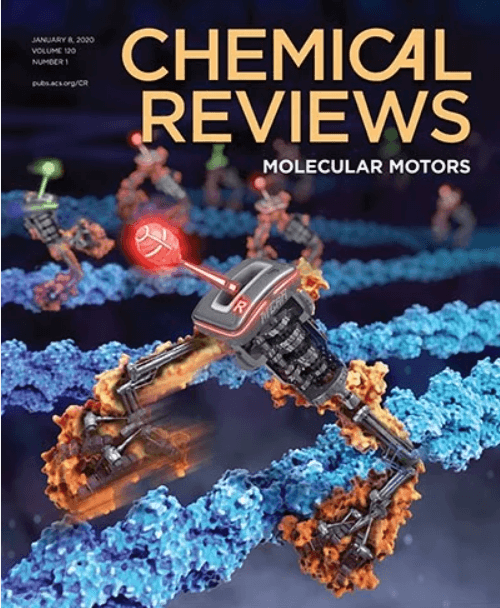Unveiling nanoscale fluid miscible behaviors with nanofluidic slim-tube
IF 51.4
1区 化学
Q1 CHEMISTRY, MULTIDISCIPLINARY
引用次数: 0
Abstract
Fluid miscible behaviors in nanoporous media are crucial for applications such as carbon capture, utilization, and storage (CCUS), membrane separation, subsurface pollutant remediation, and geothermal extraction. Confinement effects at the nanoscale cause fluid miscible behaviors to deviate from bulk phases, and the underlying mechanisms remain inadequately understood. Here, we developed a nanofluidic slim-tube method to directly visualize fluid miscible behaviors and measure the minimum miscibility pressure (MMP) at the nanoscale. Focusing on CO2-hydrocarbon systems—an intersection of low-carbon energy transition and environmental sustainability—we investigated miscibility within multiscale porous media featuring pore sizes from 100 nm to 10 μm for the first time. Our results demonstrate that in nanoporous media, the CO2 diffusion front advances faster than the displacement front, indicating that molecular diffusion dominates mass transport. Miscible flow reduces CO2 fingering caused by mobility differences, achieving ~100% displacement efficiency. In multiscale porous media, distinct miscible stages emerge due to fluid composition variations at different scales and CO2 selective extraction. Our experimental findings also reveal that MMP decreases in nanoporous media compared to bulk values. However, in multiscale porous media, MMP exceeds the theoretical prediction in the largest pore size, underscoring the necessity for theories that consider multiscale confinement effects. This study presents a novel nanofluidic approach to elucidate nanoscale fluid miscible behaviors and the impact of pore structures, providing an important strategy for quantifying fluid miscibility in complex porous media.用纳米流体细管揭示纳米级流体混溶行为
纳米多孔介质中的流体混溶行为对于碳捕获、利用和储存(CCUS)、膜分离、地下污染物修复和地热提取等应用至关重要。纳米尺度的致密效应会导致流体混溶行为偏离体相,而对其潜在机制的了解仍然不足。在此,我们开发了一种纳米流体细管方法,可直接观察流体混溶行为,并测量纳米尺度的最小混溶压力(MMP)。我们以二氧化碳-碳氢化合物系统--低碳能源转型和环境可持续发展的交汇点--为重点,首次研究了多尺度多孔介质(孔径从 100 纳米到 10 微米不等)中的混溶性。我们的研究结果表明,在纳米多孔介质中,二氧化碳的扩散前沿比位移前沿前进得更快,这表明分子扩散主导了质量传输。混杂流减少了流动性差异造成的二氧化碳指状现象,实现了约 100% 的置换效率。在多尺度多孔介质中,由于不同尺度的流体成分变化和二氧化碳的选择性萃取,会出现不同的混溶阶段。我们的实验结果还显示,在纳米多孔介质中,MMP 比块体值要低。然而,在多尺度多孔介质中,最大孔径的 MMP 超过了理论预测值,这突出了考虑多尺度约束效应的理论的必要性。本研究提出了一种新颖的纳米流体方法来阐明纳米级流体混溶行为和孔隙结构的影响,为量化复杂多孔介质中的流体混溶性提供了重要策略。
本文章由计算机程序翻译,如有差异,请以英文原文为准。
求助全文
约1分钟内获得全文
求助全文
来源期刊

Chemical Reviews
化学-化学综合
CiteScore
106.00
自引率
1.10%
发文量
278
审稿时长
4.3 months
期刊介绍:
Chemical Reviews is a highly regarded and highest-ranked journal covering the general topic of chemistry. Its mission is to provide comprehensive, authoritative, critical, and readable reviews of important recent research in organic, inorganic, physical, analytical, theoretical, and biological chemistry.
Since 1985, Chemical Reviews has also published periodic thematic issues that focus on a single theme or direction of emerging research.
 求助内容:
求助内容: 应助结果提醒方式:
应助结果提醒方式:


